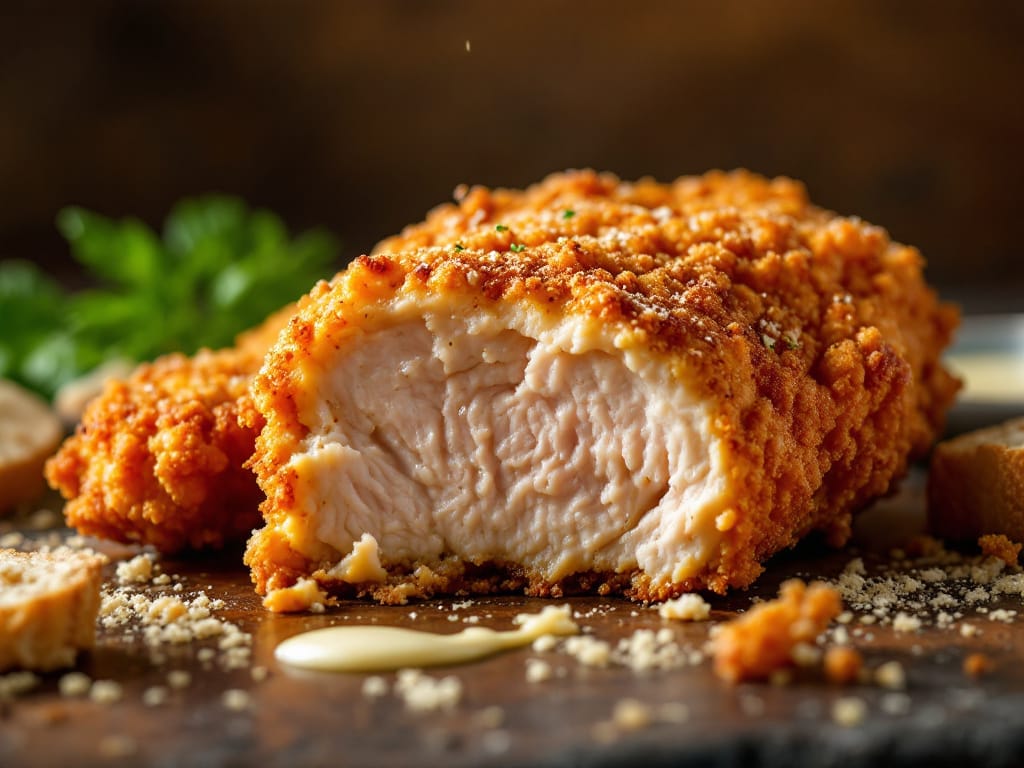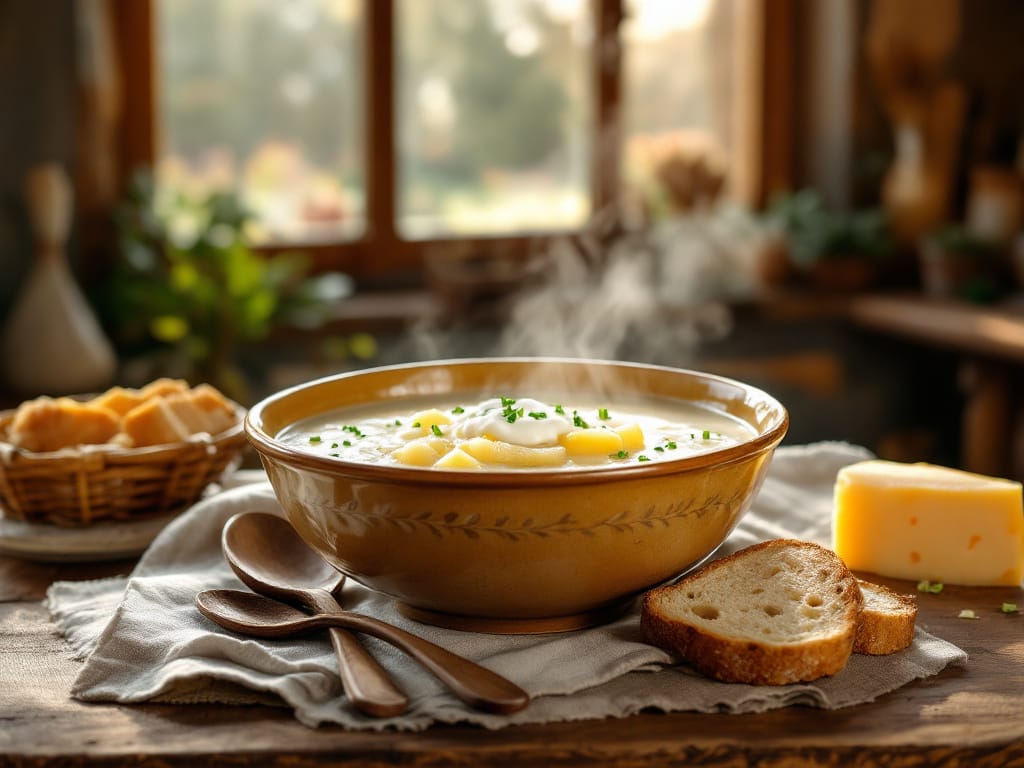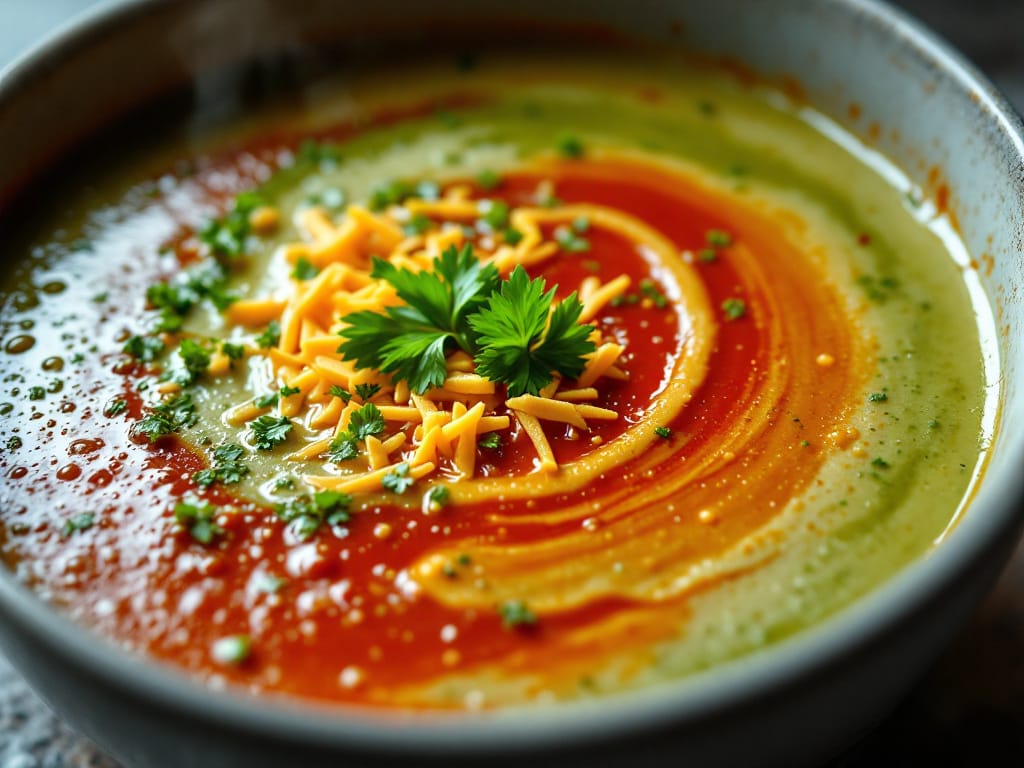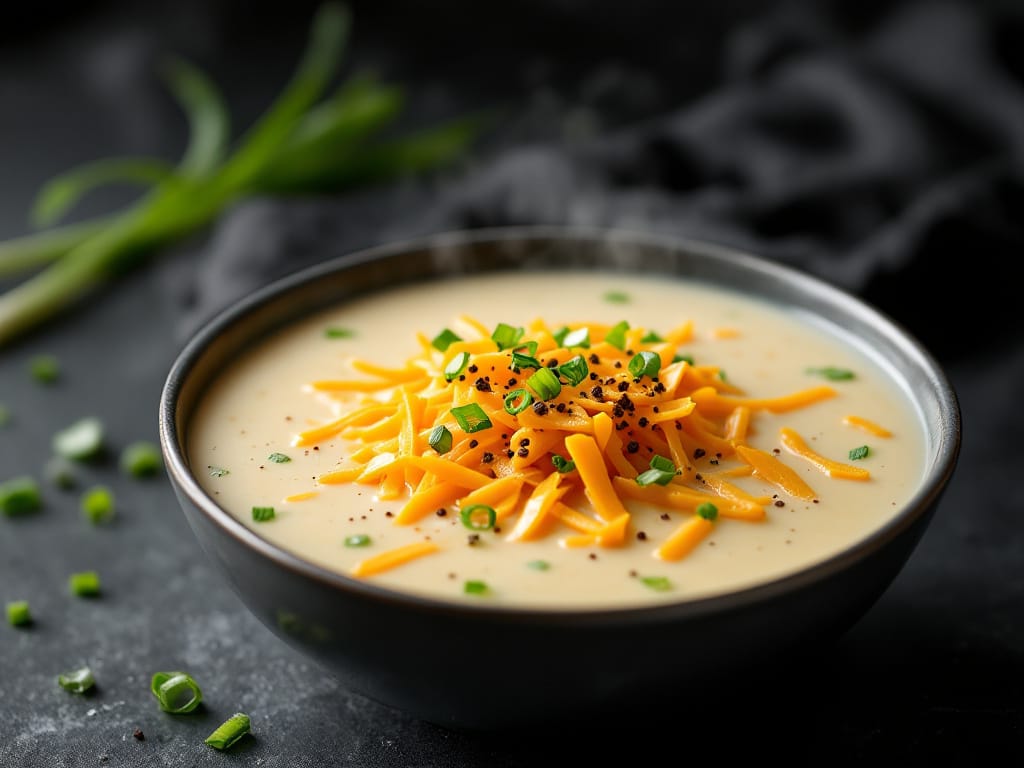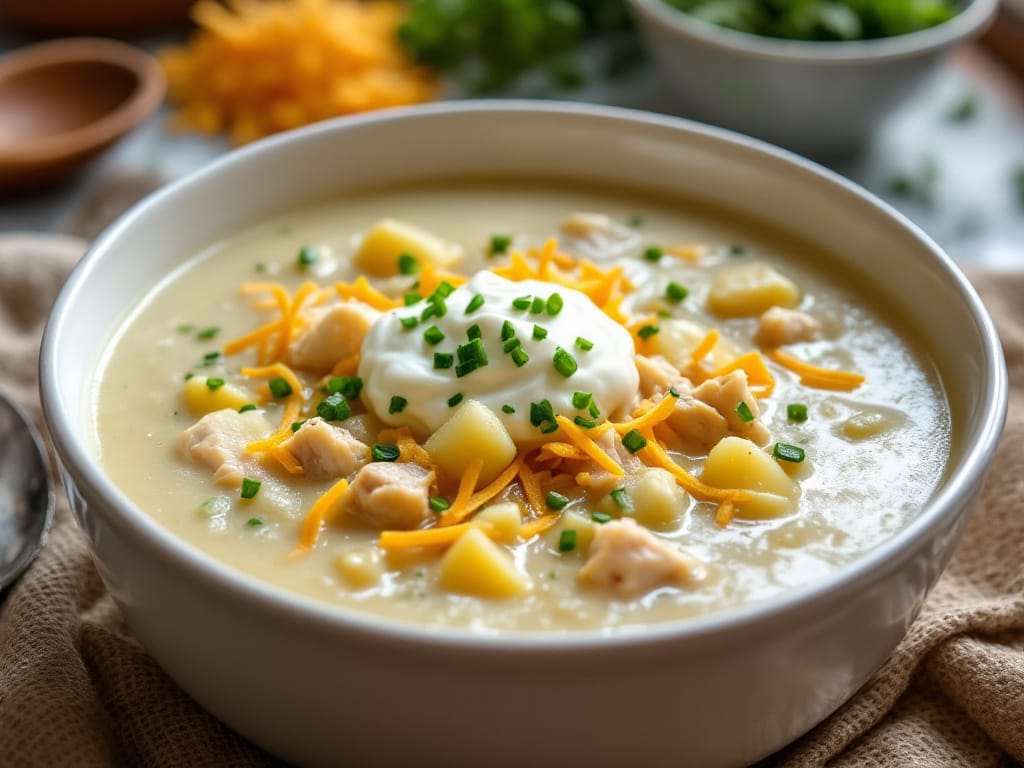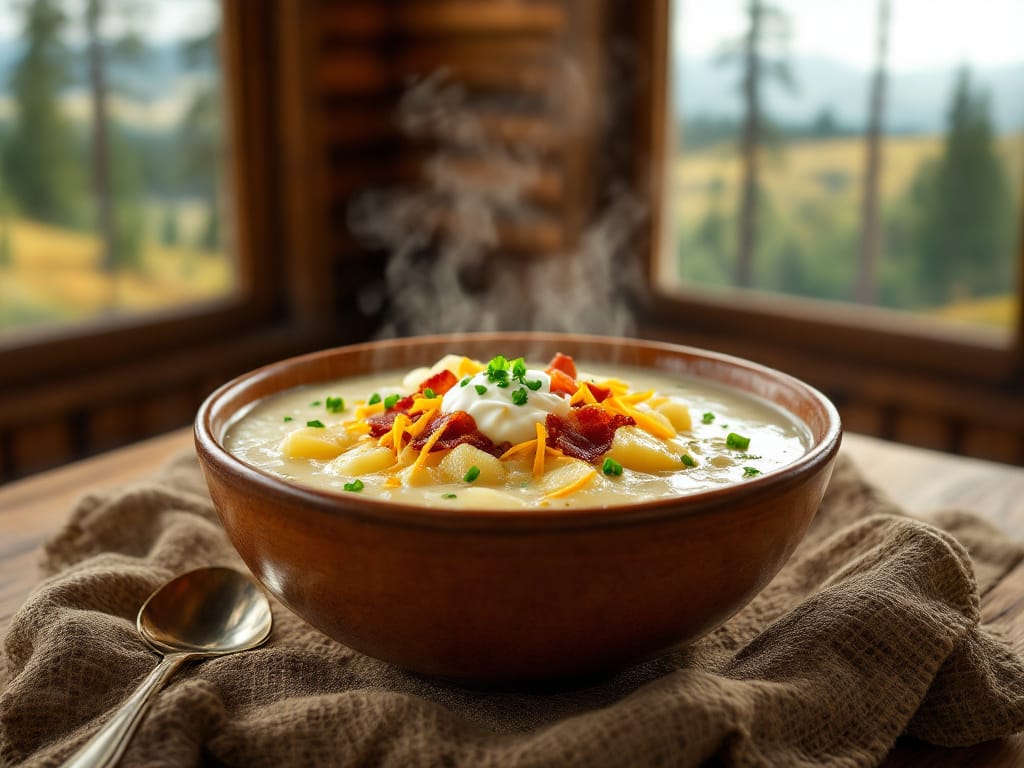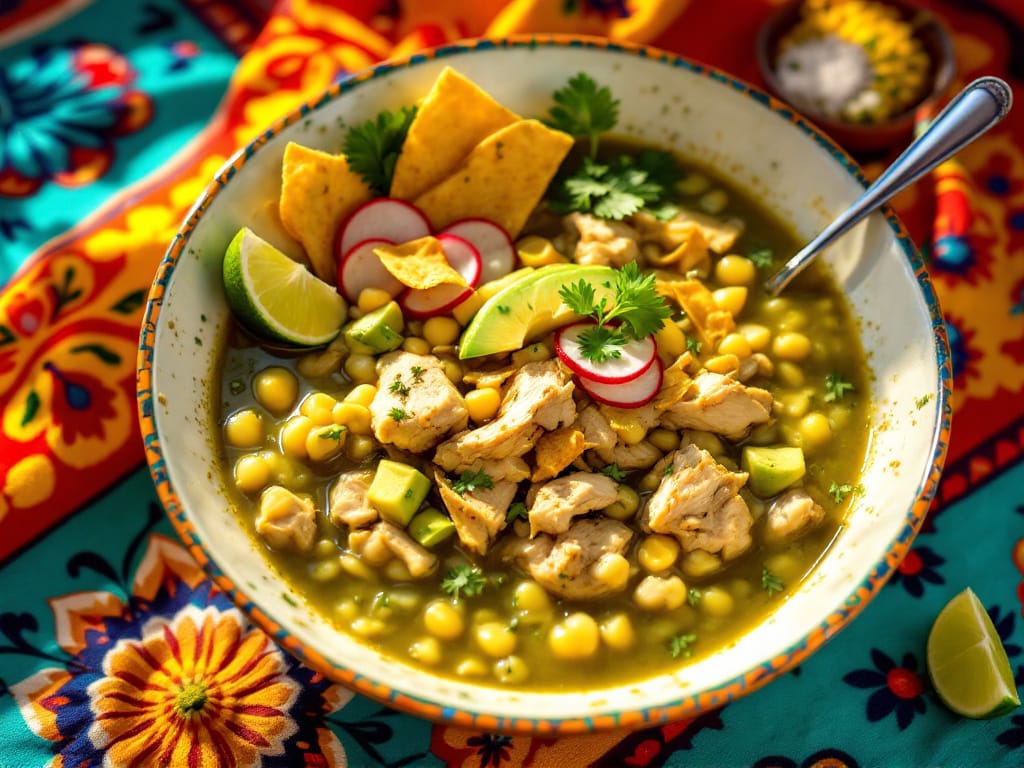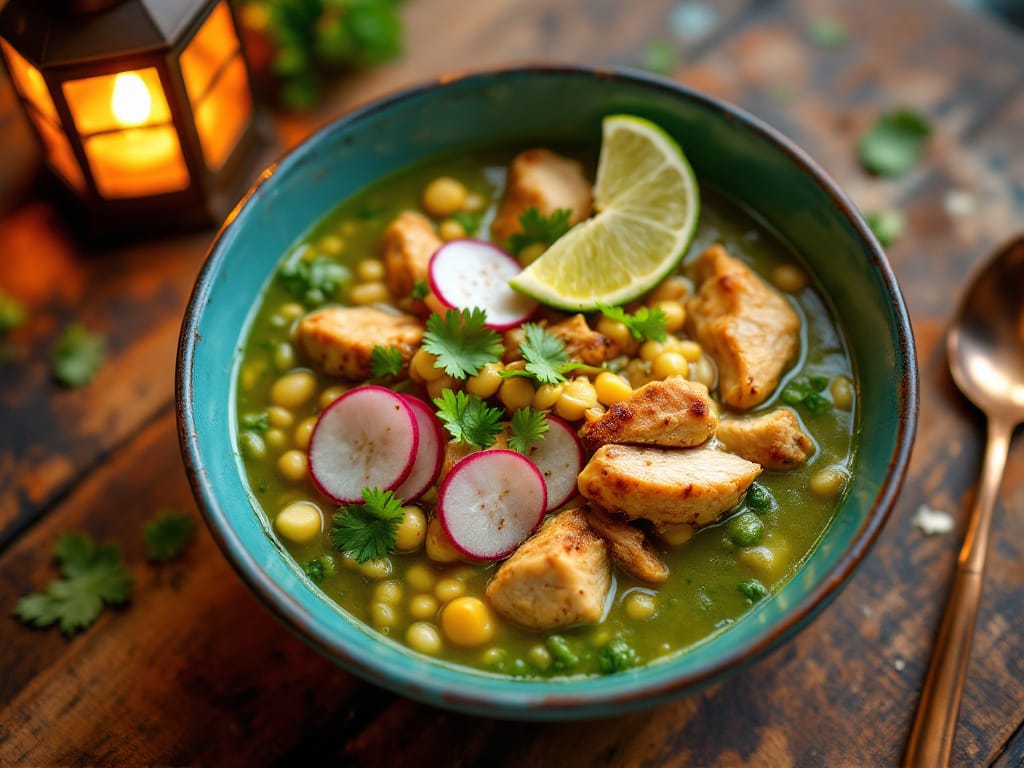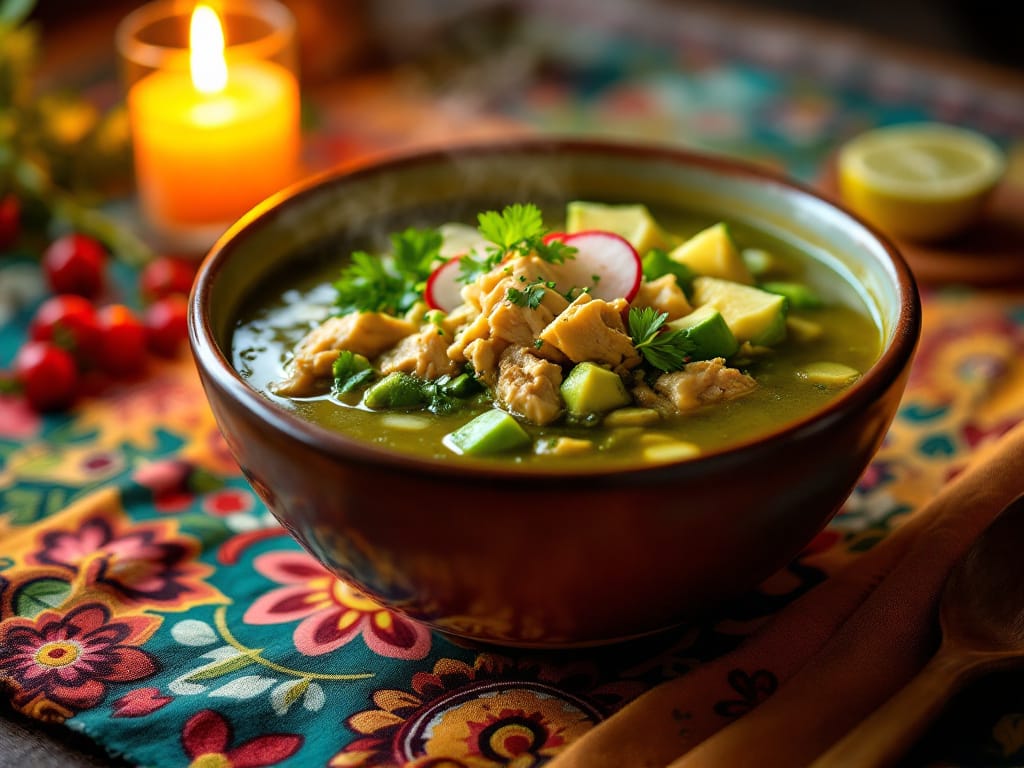When it comes to beloved dishes, few can rival the universal appeal of fried chicken. However, a common debate arises: is crispy chicken the same as fried chicken? While they share similarities, there are nuanced differences that set them apart. Let’s break it down to understand the key distinctions, preparation techniques, and their cultural significance.
Introduction to the Debate
When it comes to comfort food, chicken takes center stage in kitchens worldwide, with fried and crispy chicken being two of the most popular variations. While they may seem interchangeable to the casual diner, culinary enthusiasts know they are distinct in preparation, texture, and flavor.
The discussion around crispy chicken and fried chicken delves into differences in cooking techniques and how cultural preferences shape each dish. Understanding these nuances is essential, as it influences not only cooking styles but also how the dishes are enjoyed globally.
This article will explore:
- What defines crispy chicken and fried chicken.
- The key differences and similarities between the two.
- The cultural and culinary importance of these iconic dishes.
Defining Crispy Chicken and Fried Chicken
What is Crispy Chicken?
Crispy chicken is celebrated for its ultra-light, crunchy exterior. Achieved through methods like double frying, it focuses on creating a crust that shatters effortlessly when bitten into. The use of rice flour or cornstarch in the coating is common, as these ingredients yield a brittle, dry crust that enhances crispiness.
Popular examples of crispy chicken include:
- Korean fried chicken, known for its paper-thin, crispy coating.
- Japanese karaage, which uses potato starch for a delicate crunch.
What is Fried Chicken?
Fried chicken, by contrast, is a broader term encompassing various textures, from thick and flaky crusts to lighter coatings. Traditional fried chicken often involves a marinade (such as buttermilk) followed by dredging in all-purpose flour. It is typically cooked in one frying session, creating a rich, golden crust.
Examples of fried chicken styles include:
- Southern fried chicken, known for its robust seasoning.
- Chicken schnitzels, which have a thinner crust.
Key Differences Between Crispy and Fried Chicken
While both dishes are fried, the techniques and outcomes vary:
Cooking Techniques
- Crispy Chicken:
- Employs double frying, which cooks the chicken in two stages—one to cook the meat and another to crisp the crust.
- Uses a lighter batter, often incorporating cornstarch or rice flour for enhanced texture.
- Fried Chicken:
- Prepared using single frying or baking.
- Relies on heavier breading or batter for a thicker, flavorful crust.
Texture and Crust Formation
- Crispy chicken features a thin, crackly crust that shatters upon biting.
- Fried chicken offers a dense, crunchy coating with an emphasis on flavor layers.
Use of Coatings and Ingredients
- Crispy chicken utilizes starch-heavy coatings that minimize oil absorption.
- Fried chicken incorporates flour-based coatings mixed with spices for a bold taste.
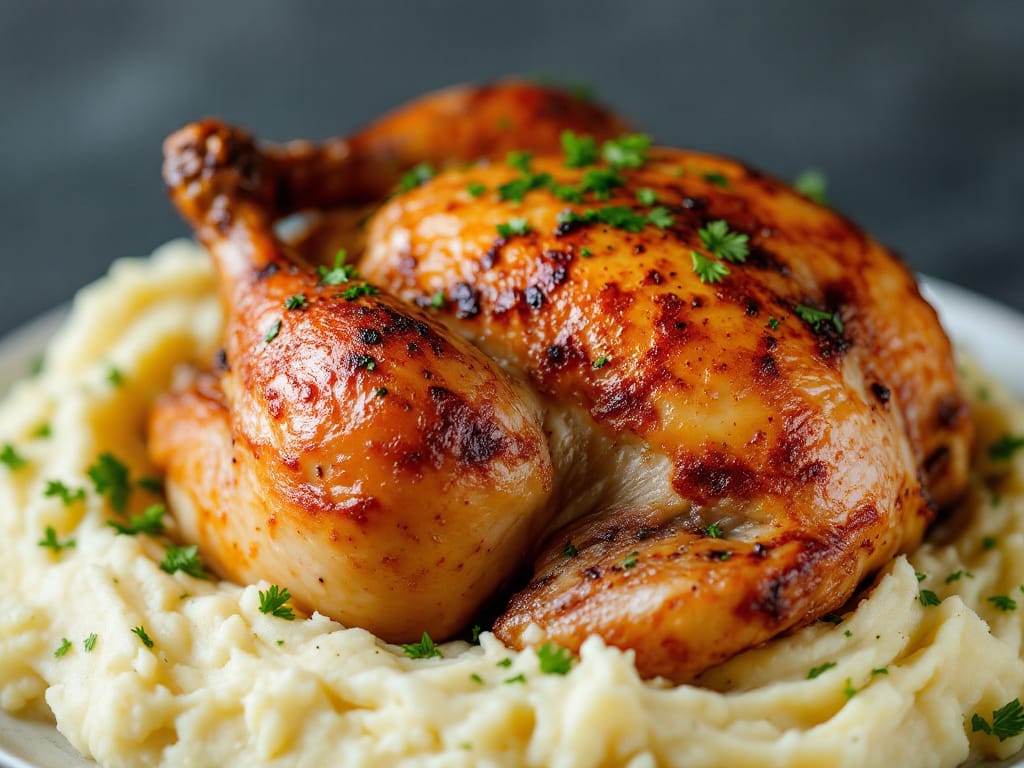
Similarities and Overlaps
Despite their differences, crispy and fried chicken share several commonalities:
- Both start with marinated chicken, ensuring the meat stays juicy and tender during frying.
- High oil temperatures are used to seal the crust quickly while retaining moisture within.
- They can feature overlapping flavors, such as spicy, garlicky, or sweet glazes, depending on cultural influences.
Global variations blur the lines further, with dishes like Indian fried chicken and Thai crispy chicken wings combining techniques from both categories.
In the end, the choice between crispy and fried chicken comes down to texture preference and regional cooking traditions.
Techniques Used in Crispy Chicken
The Double-Frying Method
The secret to achieving crispy chicken lies in the double-frying technique. This process involves:
- First Fry: The chicken is fried at a moderate temperature to cook the meat thoroughly.
- Rest Period: After the first fry, the chicken is rested to allow excess moisture to escape.
- Second Fry: The chicken is fried at a higher temperature, ensuring the crust becomes ultra-crispy and golden brown.
Use of Rice Flour and Cornstarch
Rice flour and cornstarch are integral to crispy chicken recipes. These flours create a lighter coating that minimizes gluten development, resulting in a crisp, non-chewy crust. Combining these flours with spices enhances flavor while maintaining the desired texture.
The Role of Marination
Marination is critical to the process. A blend of buttermilk, spices (e.g., paprika, garlic powder), and salt ensures the chicken stays tender and flavorful. Buttermilk also helps the coating adhere to the chicken, preventing it from flaking during frying.
Techniques Used in Fried Chicken
Single-Fry Methods
Fried chicken is typically prepared in a single fry. The chicken is submerged in hot oil until the internal temperature reaches a safe level (165°F for dark meat). This approach balances a cooked interior with a crispy, golden crust.
Batter vs. Breading
The coating for fried chicken can vary:
- Batter: Made by mixing wet ingredients (e.g., eggs, milk) with flour to form a thick paste.
- Breading: Involves dredging the chicken in seasoned flour or breadcrumbs, producing a textured crust.
Traditional Southern-Style Preparation
Southern fried chicken uses buttermilk to marinate the chicken, which not only tenderizes it but also adds tangy notes to the flavor. The chicken is then coated in a spiced flour mix and fried in hot oil, often in cast iron skillets for even heat distribution.
Cultural Significance of Both Types
Origin and Popularity Across Regions
Fried chicken has roots in Southern U.S. cuisine, where enslaved African Americans perfected the technique using spices and buttermilk. Over time, this dish spread globally, evolving into local variations.
- Crispy chicken gained popularity through Asian cuisines like Korean fried chicken, which emphasizes light, crackly coatings with bold sauces.
- In Western cultures, fried chicken remains a staple in fast food, particularly in the U.S. and U.K.
Chicken in Festivals and Traditions
Chicken is a central dish in celebrations worldwide. Whether it’s fried chicken in American picnics or crispy chicken in Korean gatherings, these dishes bring people together with their comforting flavors.
Which is Healthier?
Nutritional Differences
Crispy chicken, due to its thinner coating and double-fry method, tends to absorb less oil compared to traditional fried chicken. The use of rice flour and cornstarch also reduces calorie density.
Oil Absorption
Fried chicken with thicker breading can trap more oil, making it heavier in calories and fat. However, the choice of frying oil (e.g., vegetable vs. peanut oil) also plays a role in determining healthiness.
Popular Misconceptions
Many believe frying inherently makes food unhealthy. However, proper techniques like maintaining oil temperature and using thinner coatings can significantly reduce calorie intake. Baking or air-frying offers even healthier alternatives without compromising flavor.
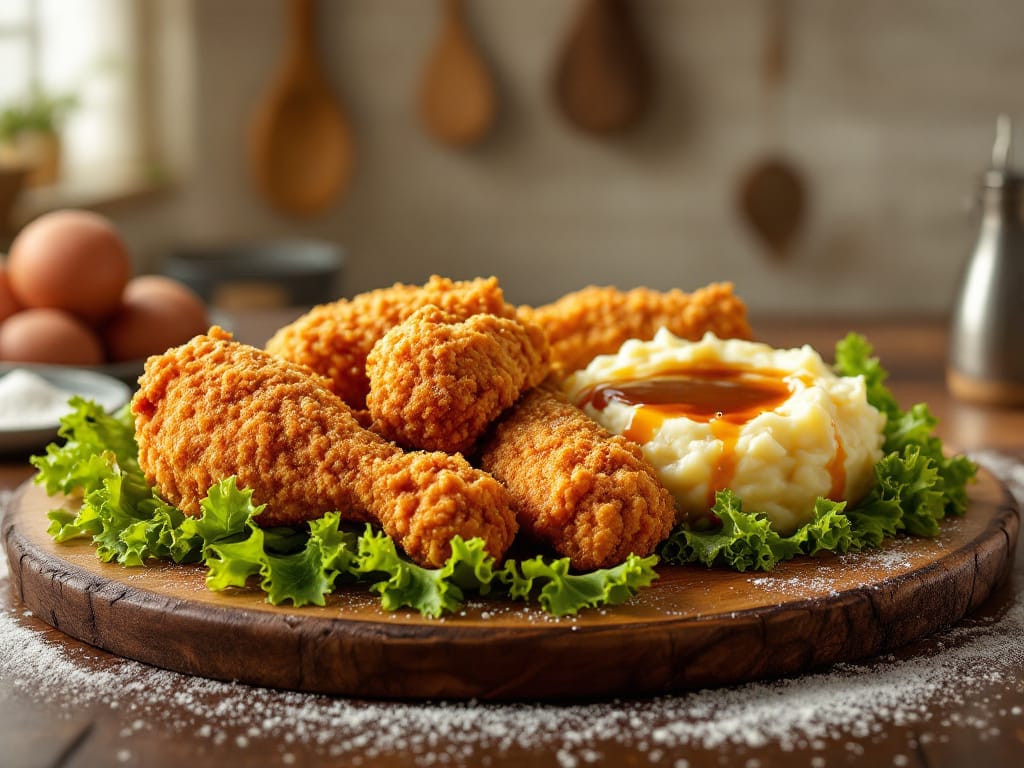
FAQs Section
What makes chicken crispy?
- Using ingredients like cornstarch and frying at high temperatures ensures a crispy crust.
Is crispy chicken healthier than regular fried chicken?
- Yes, due to its thinner coating and lower oil absorption during cooking.
Why does double-frying make chicken crispier?
- The first fry cooks the meat while the second fry removes moisture, creating a crisp crust.
What’s the difference between batter and breading?
- Batter is a wet mixture, while breading is a dry coating applied to the chicken.
Can crispy chicken be baked instead of fried?
- Absolutely! Baking with a light oil spray can mimic the texture of fried chicken while being lower in fat.
For chicken enthusiasts, don’t miss exploring other creative recipes on our site, perfect for all occasions.

